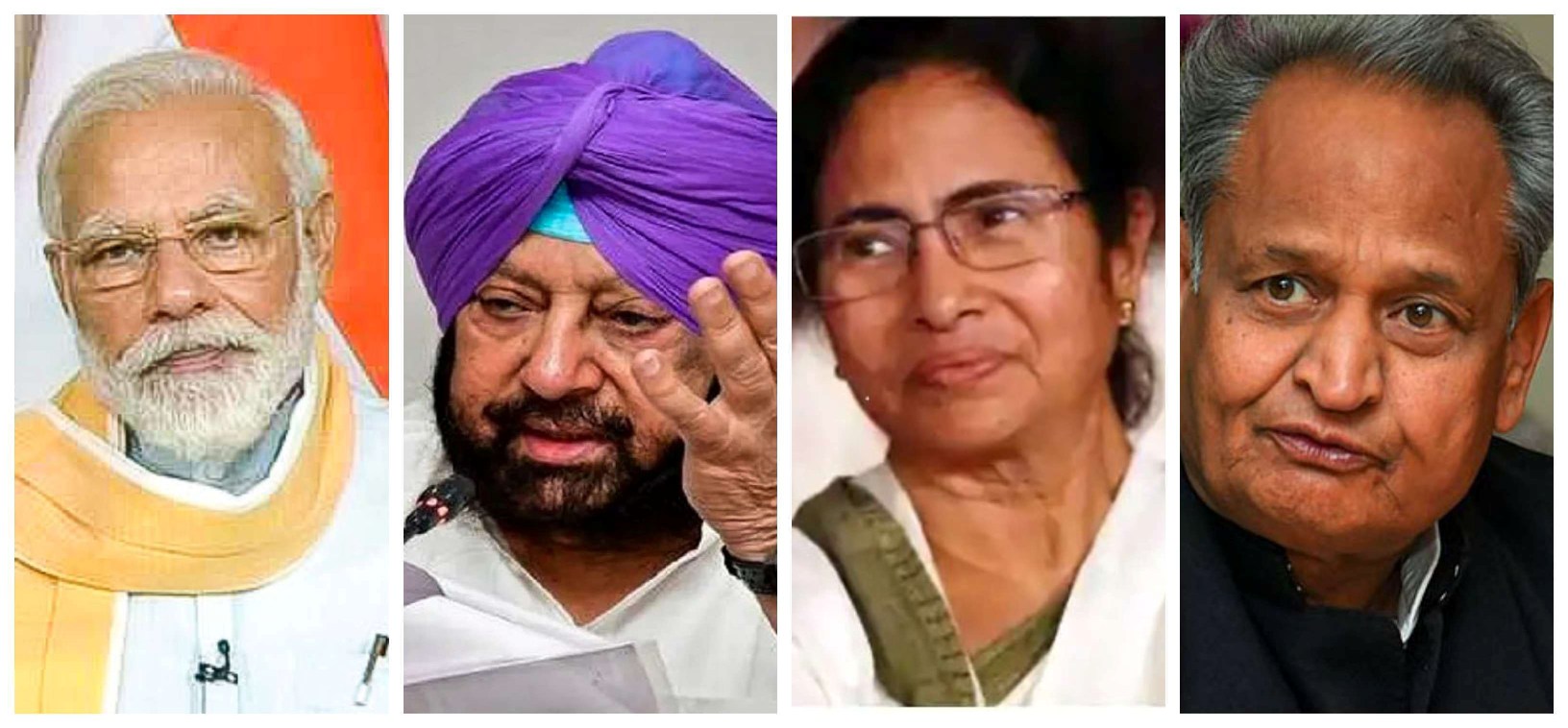The Union Government can hope to revive the economy and implement its reforms if it mends its relationship with the states
The extent of the economic mess India finds itself in is hardly a secret. The most stringent lockdown in the world hit an economy that was already on its knees even before most economic activity was shut down at four hours notice. The extended lockdown followed by haphazard unlocks has only exacerbated the problem.
The GDP data released for the first quarter of this financial year (FY21) shows a 23.9% contraction compared to the same quarter of the last fiscal. This is an initial estimate and the situation may well turn out to be worse once more data comes in. The Reserve Bank of India (RBI) has said the second quarter of the fiscal will also see some contraction. Many analysts are projecting a double-digit contraction for the full year.
The union government’s response to the economic crisis has been criticised for being both too slow and doing too little. The Rs 20 lakh crore stimulus package that Prime Minister Narendra Modi announced in May was more hype than substance. Since then, the clamour for a fresh and bigger stimulus package has been growing.
The problem is that the government is broke. Its fiscal situation was in tatters even before the pandemic. Now, with revenues plunging, the situation has reached a stage where it has reneged on a commitment it made to states on GST compensation using a technicality. Its ability to borrow is not unlimited – even if the debt monetisation option is exercised later in the year. An Aggressive asset sale is one possibility but what price the assets will fetch in a depressed economy is open to question.
At any rate, government spending can only stave off the worst effects of the pandemic induced contraction. It will do nothing to address the underlying issues that have been holding back the Indian economy from reaching its true potential. If Prime Minister Modi is serious about moving the Indian economy to a higher growth trajectory, he needs to understand that despite his many speeches, India is not an easy country to do business in. Not for global investors and not for Indian entrepreneurs.
Some of the problems stem from the union government’s constant fiddling with laws, taxes and regulations. Previous governments have also suffered from this affliction but the current government is particularly prone tinkering with regulations constantly. One only needs to look at volume of notifications, clarifications and addendums in the regulations of each sector and the constant changes in any new scheme or policy introduced apart from custom duty changes to understand the extent of the problem.
If the two UPA governments led by Dr Manmohan Singh were criticised justly for economic paralysis, Mr Modi’s NDA governments have been characterised by policy hyperactivity. No investor — global or Indian — likes policy uncertainty and that has been a big factor in the anaemic private investment seen since in the past few years. In FY20, investment activity growth (as measured by gross fixed capital formation) has touched a 17 year low. In FY21, it will contract. While the Prime Minister often talks about global investment that has come in, a closer examination shows that they have largely involved investing in existing assets or simply to the stock markets. Greenfield project activity has been sluggish throughout the past six years.
The bigger issue with the economy though needs to be addressed at the ground level of business. The three biggest issues here are land acquisition, local regulations and bureaucracy and labour laws. Erratic power and bad road infrastructure also add to the difficulties. None of them can be solved by the union government alone as these are within the ambit of the states. This is where Prime Minister Modi needs to understand that the next generation of reforms can only take place if he manages to get the cooperation of the states. Not just that, even infrastructure development needs the cooperation of states – capital expenditure by states is currently almost twice that of the centre.
Getting the states to agree to critical reforms could be Prime Minister Modi’s most difficult challenge especially after the GST spat. The union government’s relationship with non-BJP states was not particularly good but it has only deteriorated since the Covid lockdowns and the drastic fall in GST revenues. In the lockdown, the union government often announced decisions without detailed discussions with states. While chief ministers of states that had a BJP government or were led by a BJP ally was ok with it, the other states were not amused.
But the real break has happened after the GST revenue shortfall was announced. The centre’s refusal to pay what many states see as their rightful dues and a constitutional guarantee, if not a sovereign guarantee, has set back centre-state relationships hugely. It also has economic consequences because state spending on capital expenditure is likely to fall sharply and that will further delay the recovery.
Winning back that trust will be difficult unless the union government makes a serious effort to assuage the hurt feeling of the states. But Prime Minister Modi and his government will need to make that effort if he wants to revive the economy – and then carry out the next generation of reforms.










Add comment